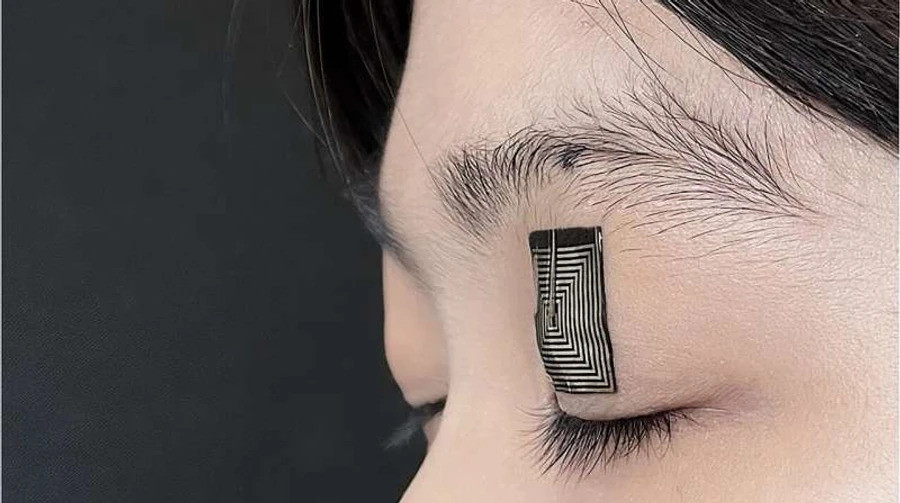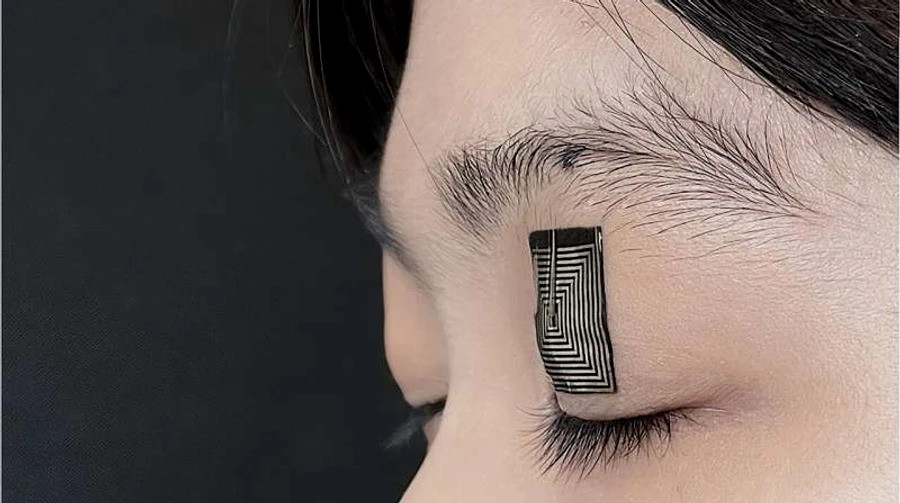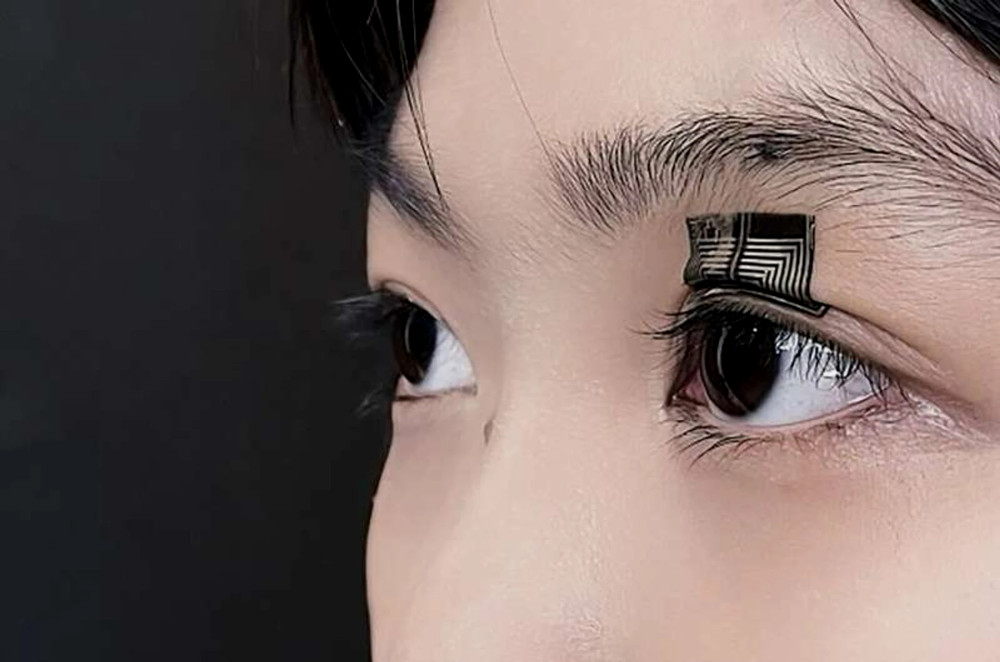A team of researchers from the University of California, Los Angeles, has introduced a novel soft autonomous sensor that attaches to the eyelid and tracks eye movements to assess human fatigue. This was reported by NotebookCheck, citing Tech Xplore.
The device, detailed in the scientific journal Nature, combines a new type of sensor with artificial intelligence algorithms that analyze data in real-time.
The accuracy of the measurements, based on testing results, is 96.4%. The foundation of this technology is a property discovered in 2021 by the same team— a giant magnetoelastic effect in soft materials. This effect allows a polymer composite to convert mechanical pressure from eyelid movement into a magnetic signal, which is then transformed into an electrical signal.
The sensor's design includes a layer of silicone rubber embedded with micromagnets and a thin conductive gold coil applied to a thermoplastic elastomer. The device is stretchable, waterproof, and designed for direct wear on the eyelid. It converts eye movements into high-precision signals processed by a neural network.
The algorithm analyzes six parameters of blinking to determine the user's fatigue level. The developers note that the discovery of the magnetoelastic effect in soft systems holds significant scientific potential that remains to be fully explored.


